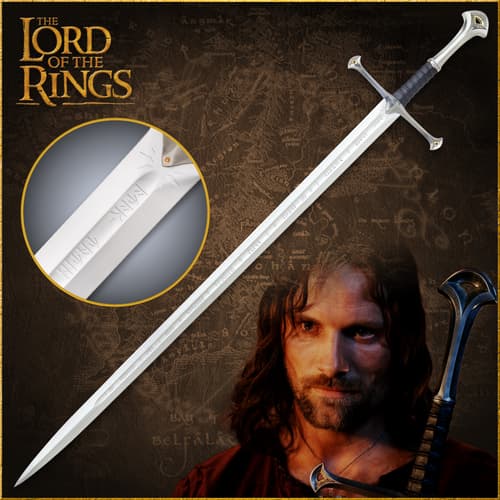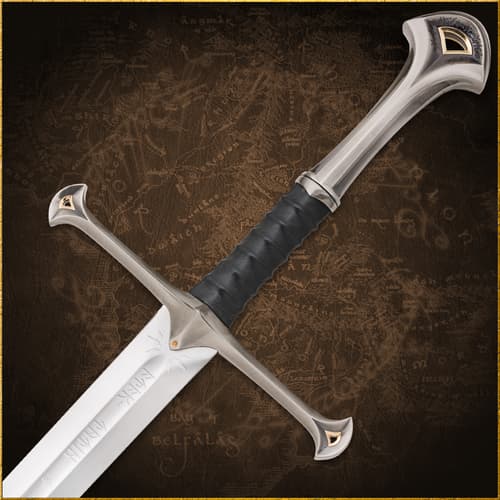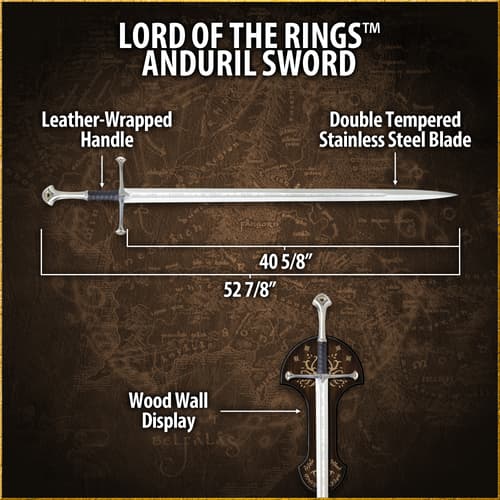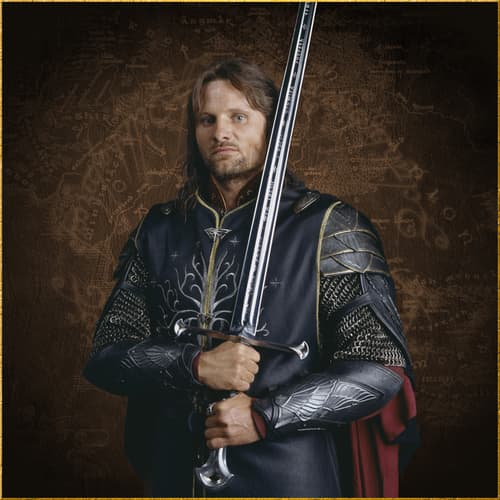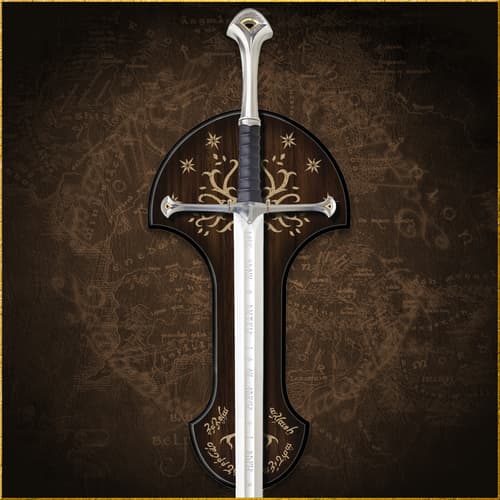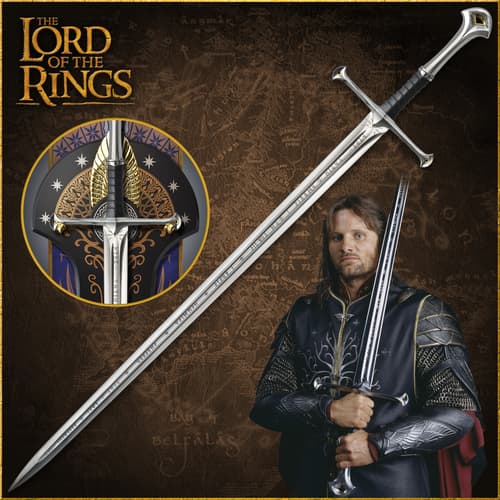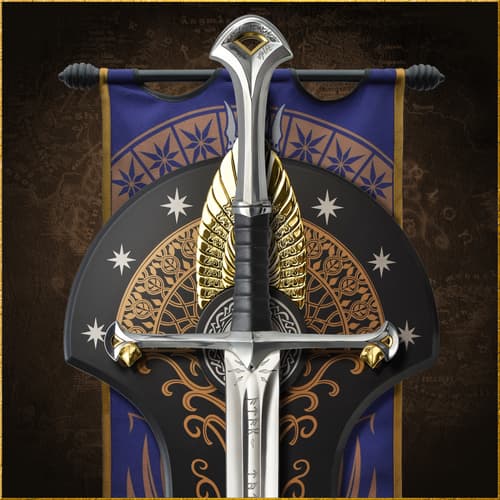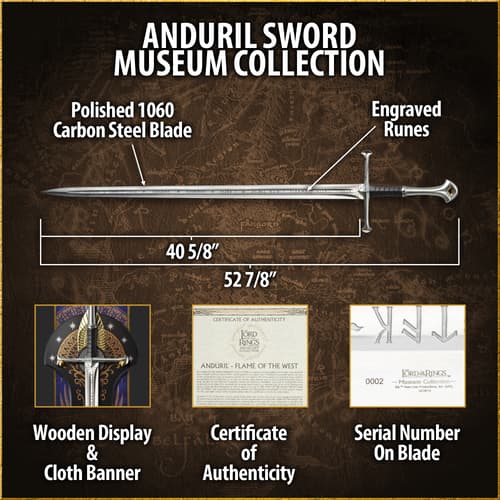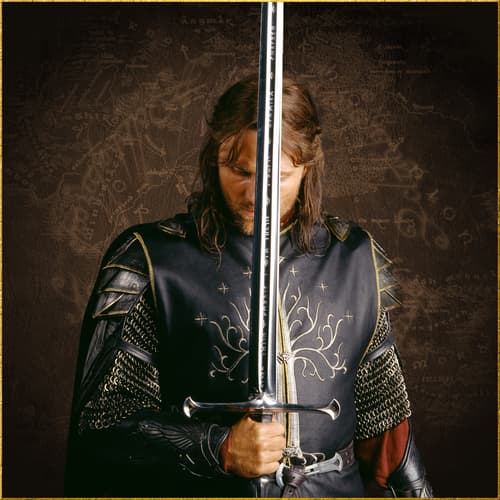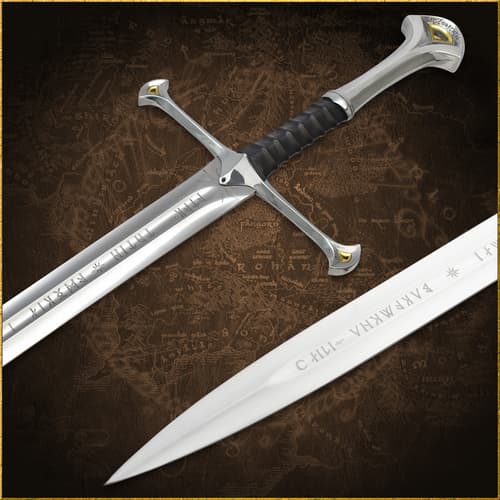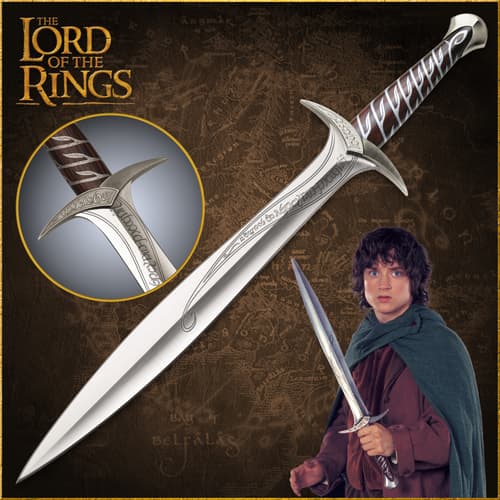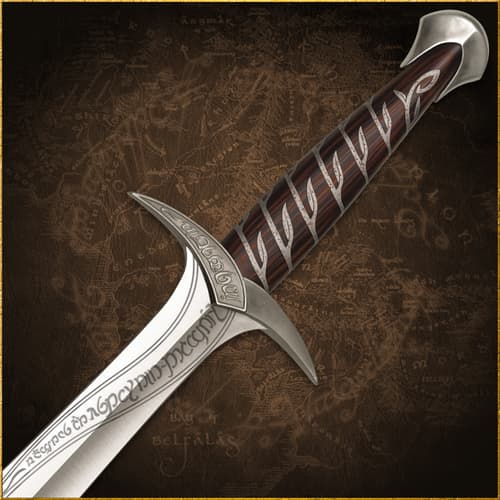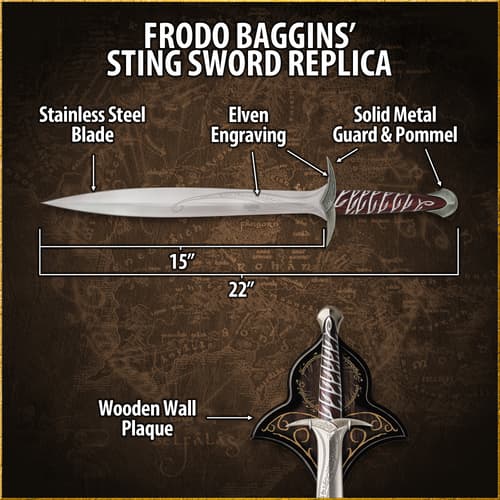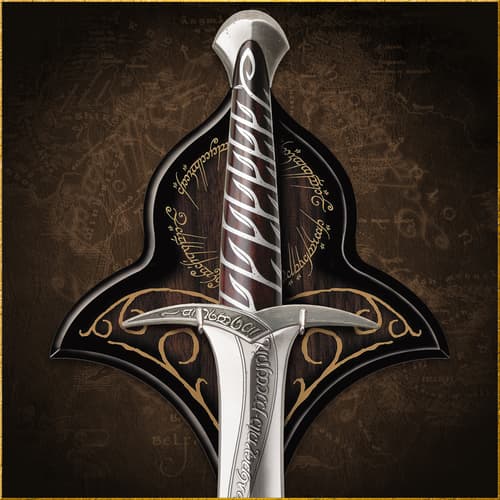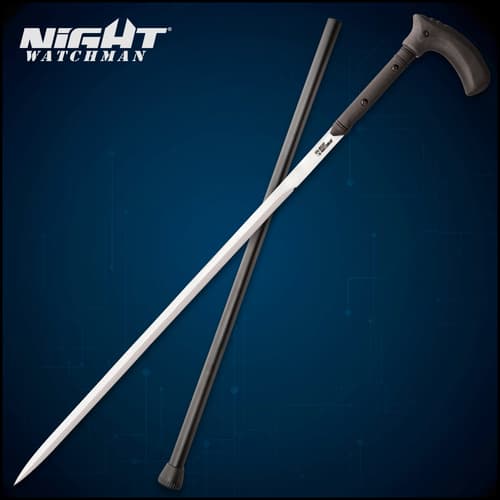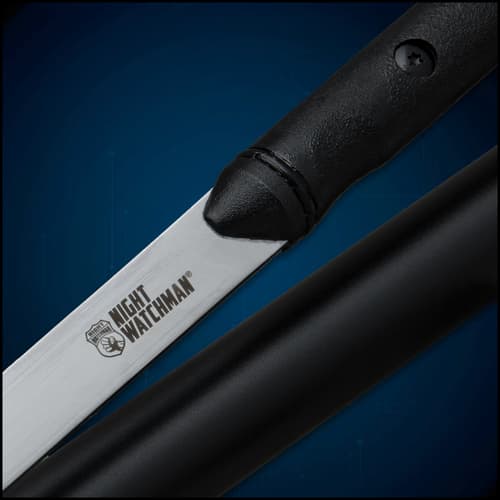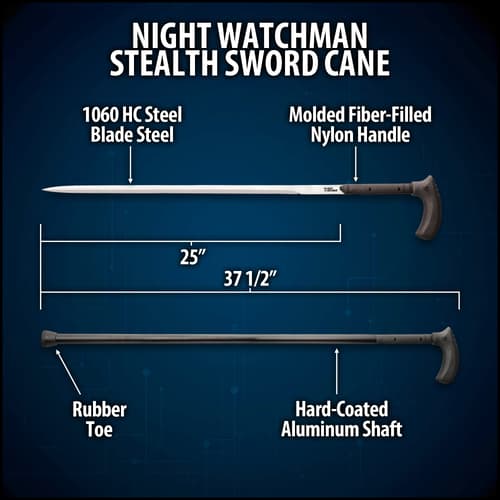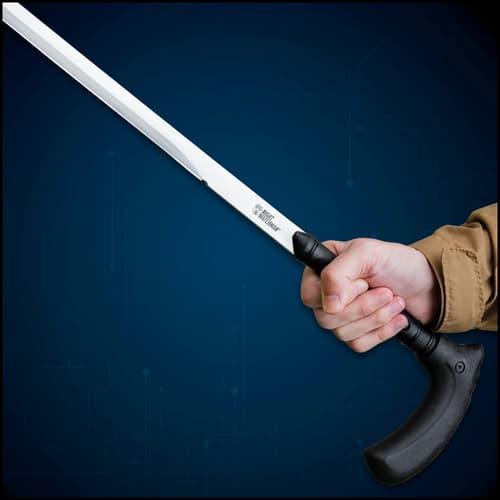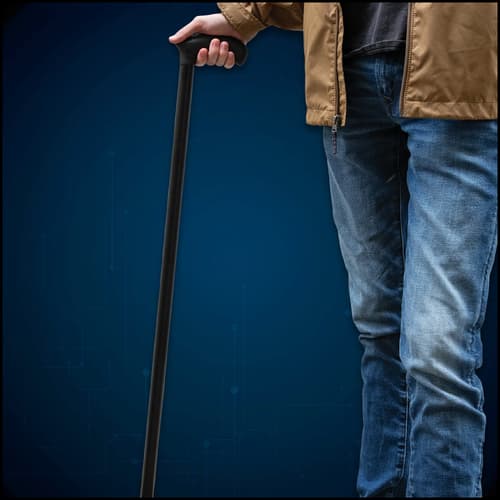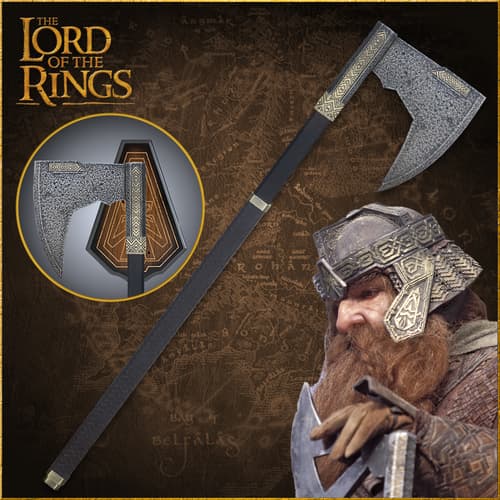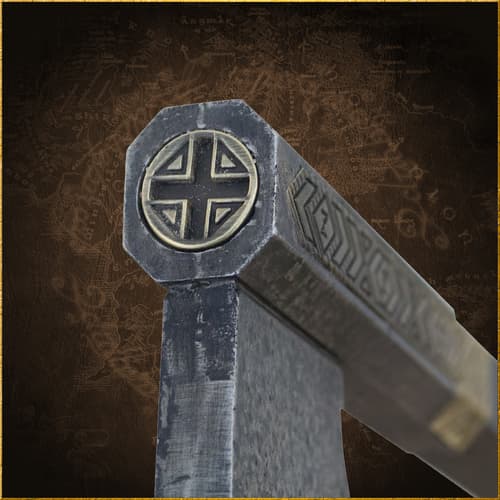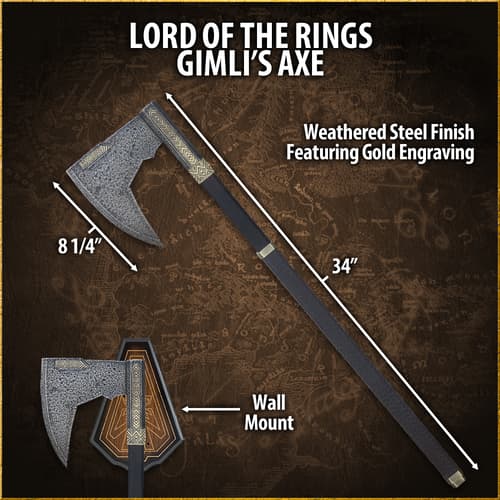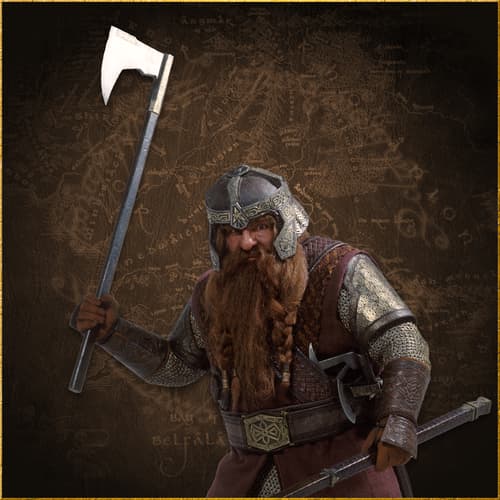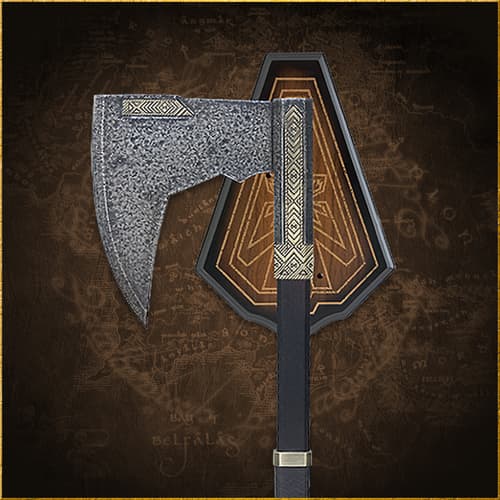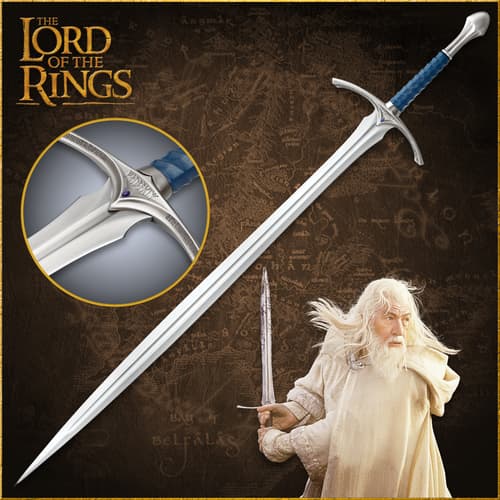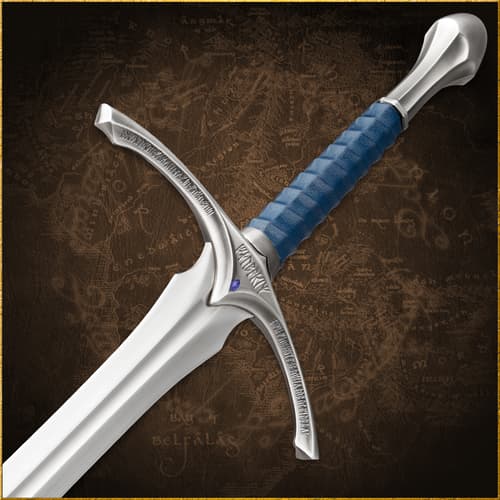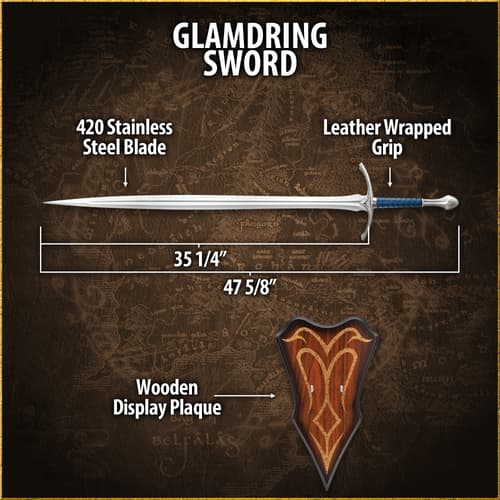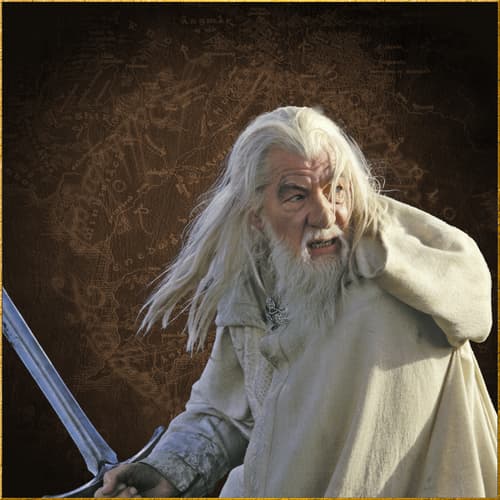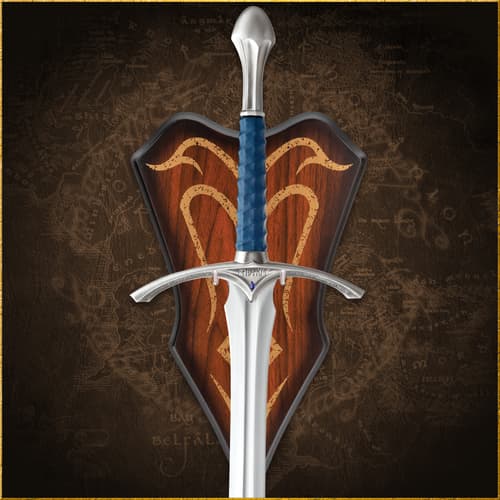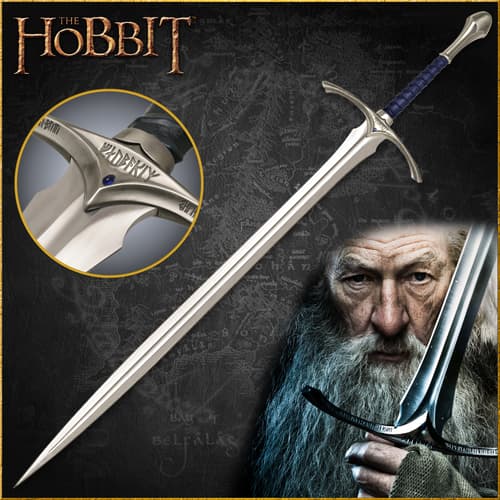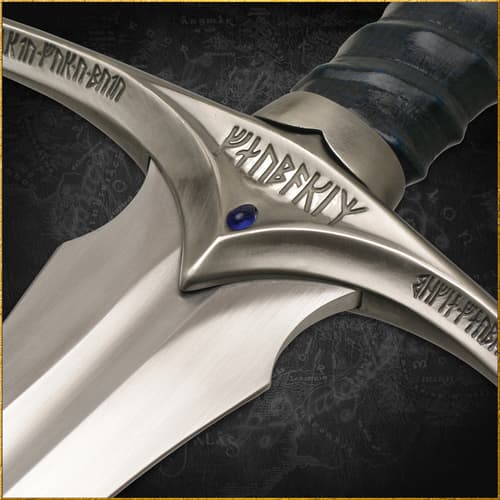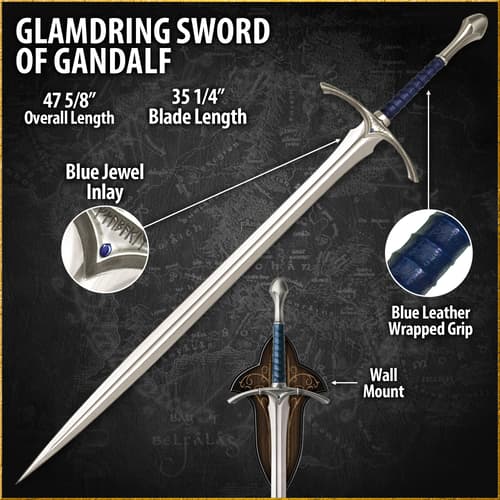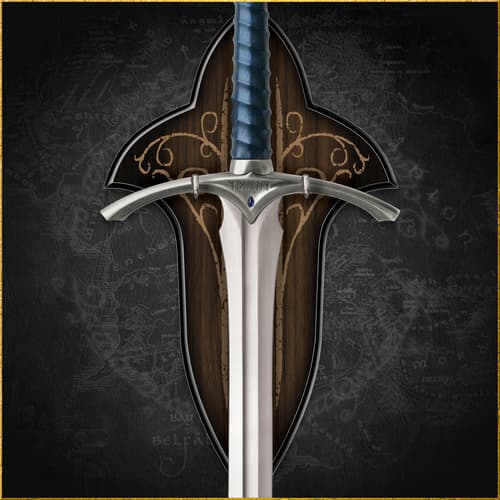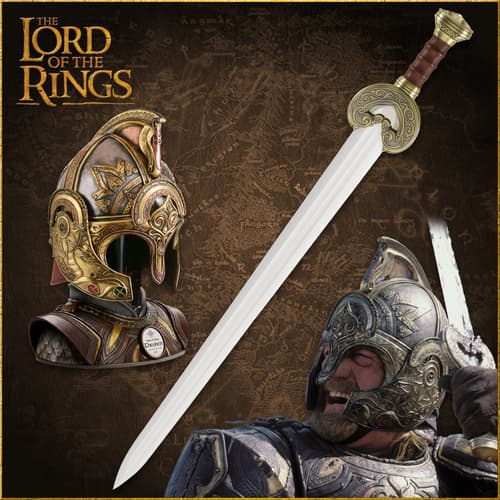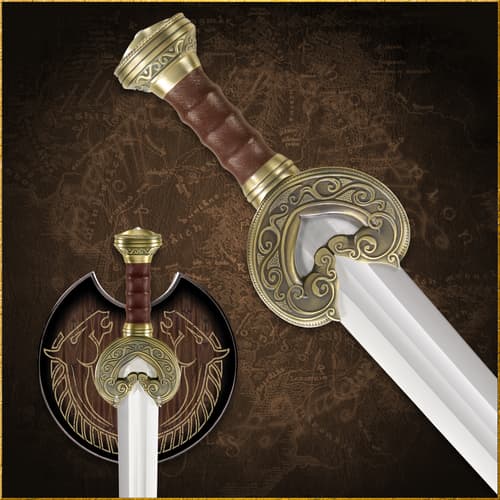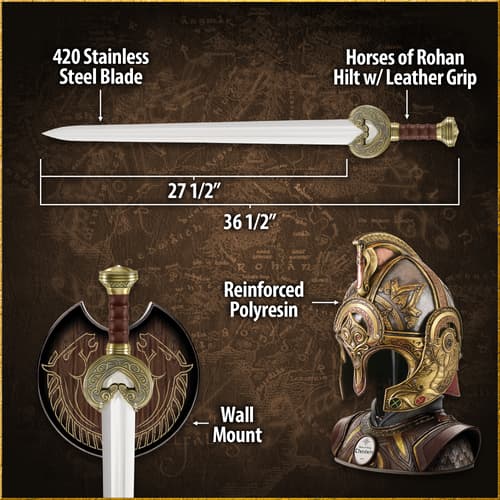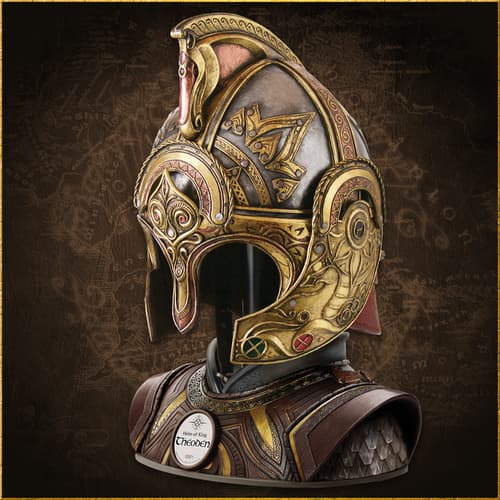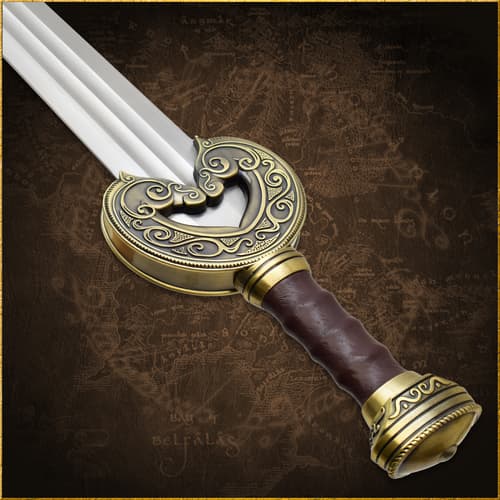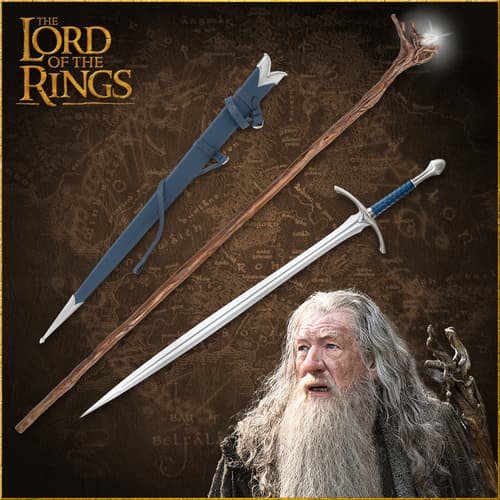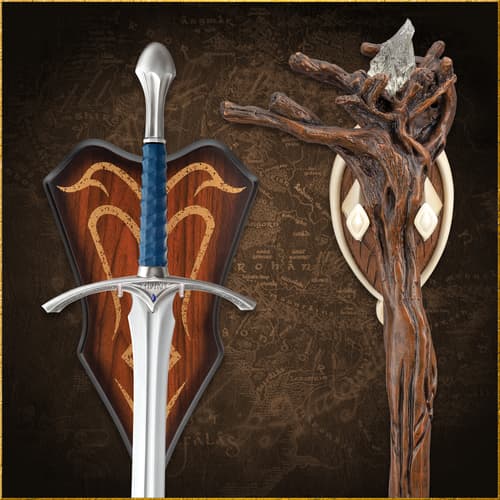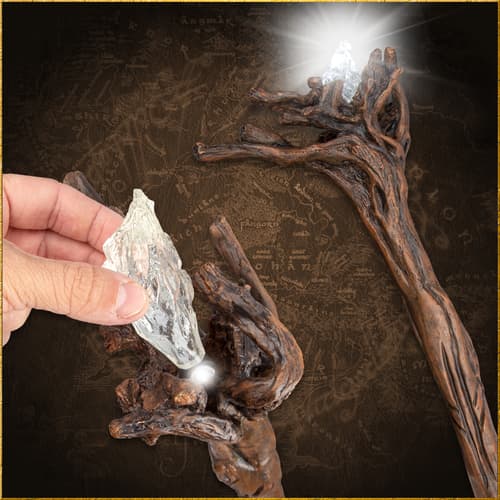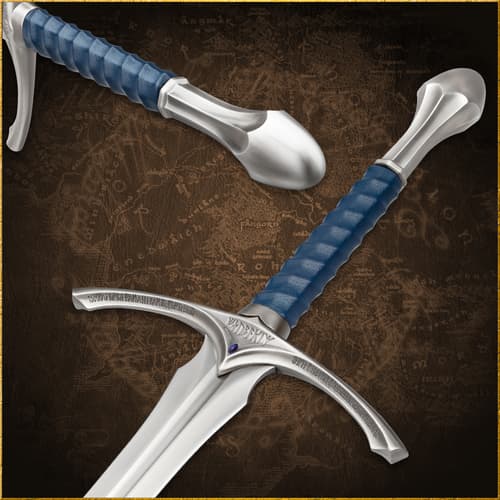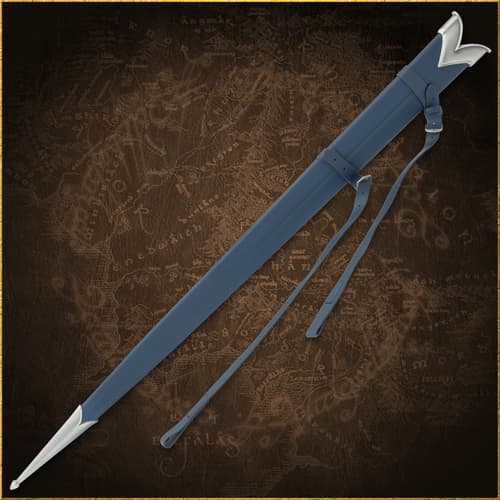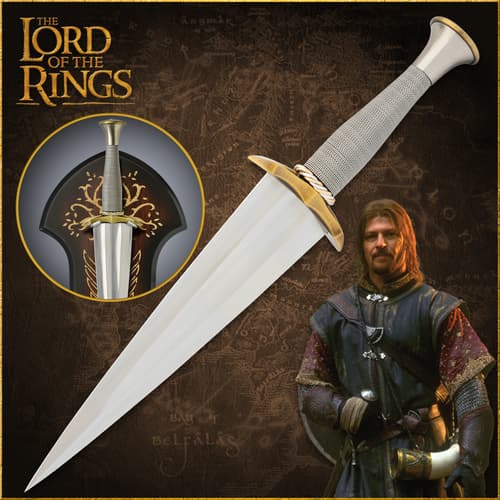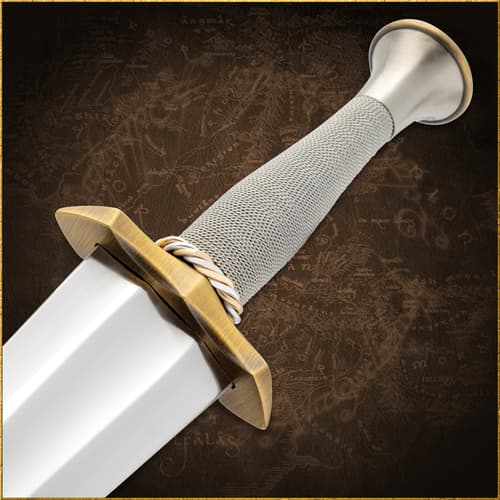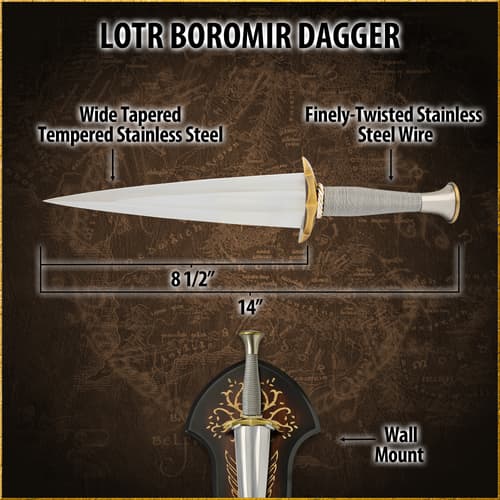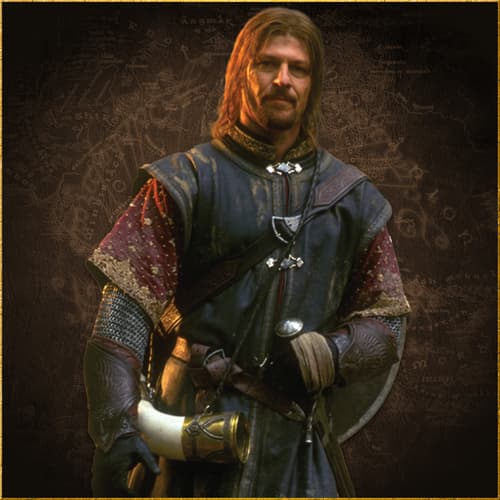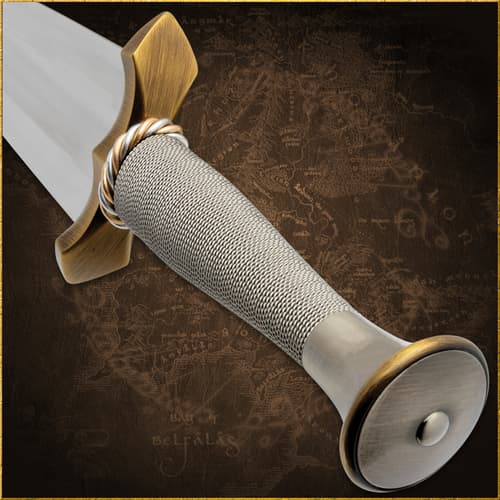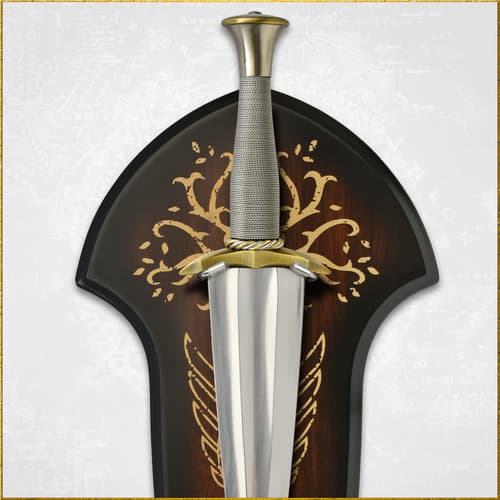The Shillelagh: An Iconic and Historic Irish Weapon
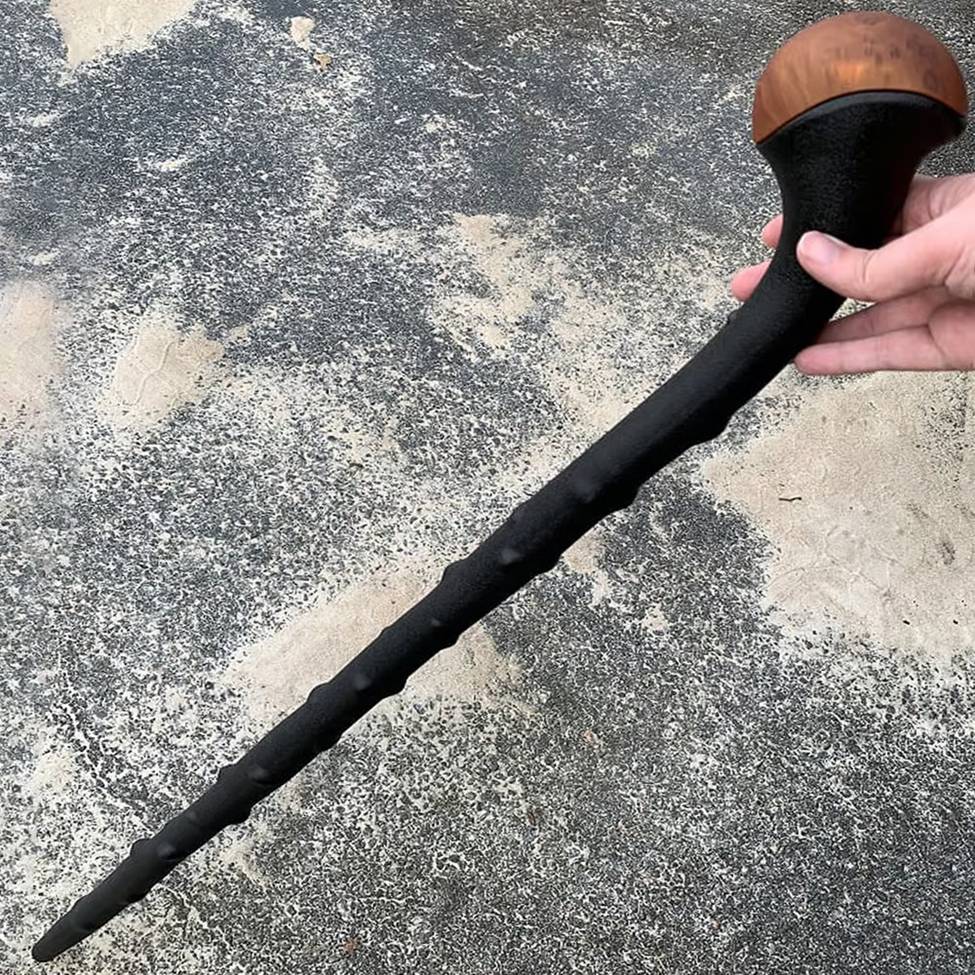

The shillelagh, a sturdy wooden club or cudgel, is one of the most iconic symbols of Irish heritage. Known for its unique craftsmanship and historic significance, it has been used throughout centuries as both a practical walking stick and an effective weapon. Beyond its functionality, it holds cultural and historical value, embodying Irish resilience and tradition. From its origins in Ireland’s woodlands to its evolution as a symbol of Irish identity, the shillelagh represents far more than its role as a weapon. Its legacy continues to inspire fascination as a link to Ireland's rich history.
Origins and Craftsmanship
The word "shillelagh" originates from Gaelic Irish, meaning "thonged willow," and refers to both its function and the wood often used to craft it. The club's name is also linked to Shillelagh, a town in County Wicklow, renowned for its blackthorn woodlands. Blackthorn wood was the most common material for crafting shillelaghs due to its durability and strength, though oak and other hardwoods were also used. Crafting a shillelagh involved meticulous processing of the wood. Saplings or branches were selected and cured, a process that could take weeks or even years. The curing process involved drying the wood over fire or in chimneys, where layers of soot would accumulate, giving the shillelagh its distinctive black, polished appearance. Further polishing with oil or grease added to its sleek finish. Some shillelaghs were modified for greater lethal effect—thorns were intentionally left on, or hollowed ends were filled with molten lead to increase their impact. These details highlight the craftsmanship behind each shillelagh and its evolution from a walking stick to a weapon.
Use as a Weapon
Historically, the shillelagh served as a dual-purpose tool: a practical walking stick and a weapon for self-defense. Its robust construction made it ideal for protecting oneself in a time when violence and faction disputes were common. In duels and faction fights, shillelaghs were wielded with skill and precision, with specific techniques and traditions surrounding their use. Faction fighting was a notable cultural phenomenon in Ireland, often involving clans or rival groups engaging in organized battles. These fights had agreed-upon rules and were sometimes viewed as a form of sport. Fatalities that occurred during such events were sometimes forgiven, highlighting the ritualistic and communal nature of these battles. The shillelagh’s use as a weapon in these conflicts cemented its reputation as an essential weapon and a symbol of Irish resistance and unity.
Symbol of Irish Resistance
It then gained further significance during periods of English dominance over Ireland. Laws imposed by the English prohibited the Irish from carrying weapons, prompting a shift in how these native clubs were designed and used. To circumvent these restrictions, the shillelagh was often styled as a walking stick. This clever adaptation allowed individuals to carry an effective weapon disguised as a harmless everyday object. So then it became a symbol of Irish resilience and ingenuity in the face of oppression. The cultural symbolism of the shillelagh endured and evolved, with the weapon coming to represent Irish identity. It served as a reminder of the struggles and spirit of the Irish people, a connection that remains strong today.
In the Modern World
Although the shillelagh is no longer widely used as a weapon, its legacy continues in various forms. Practitioners of traditional Irish martial arts still train with shillelaghs, preserving techniques and skills passed down through generations. These practices keep the history and cultural significance of the weapon alive. In more symbolic contexts, the shillelagh is celebrated as a representation of Irish heritage. Blackthorn swagger sticks, which are derived from shillelaghs, are carried by members of Irish regiments in the British Army. In the United States, the shillelagh is often used lightheartedly to signify Irishness, particularly during cultural events such as St. Patrick’s Day. The name even inspired the American MGM-51 Shillelagh, an anti-tank missile system, highlighting the shillelagh's lasting association with strength and defense.
In Pop Culture
The shillelagh has also captured the public imagination, appearing in literature, films, and popular culture. For example, the movie Gangs of New York features a large shillelagh-like cudgel, showcasing its versatility as a weapon. This portrayal underscores its iconic status as a powerful tool and weapon in Irish history. The shillelagh’s enduring appeal also lies in its connection to Ireland's rugged landscapes and traditions. The craftsmanship involved in making a shillelagh reflects the resourcefulness and skill of its makers, while its use in faction fights and resistance movements symbolizes the resilience of the Irish spirit.
Get a Shillelagh from True Swords
The shillelagh stands as a testament to Ireland’s rich cultural and historical legacy. If you want a faithful replica that celebrates its iconic appearance as a historic weapon but also as an enduring symbol of Ireland’s resilience, you can find one right here at True Swords. Crafted to follow the traditional design, it is created with the gnarled accents and quality of blackthorn wood. Our replica also has an impact resistant faux wood cap, reminding anyone that the shillelagh remains a powerful reminder of one of the world’s most iconic weapons and Ireland’s history.
